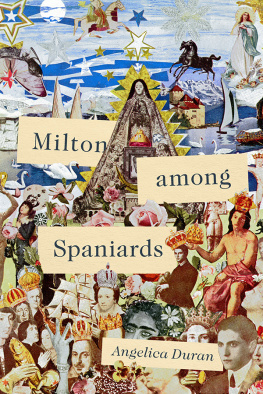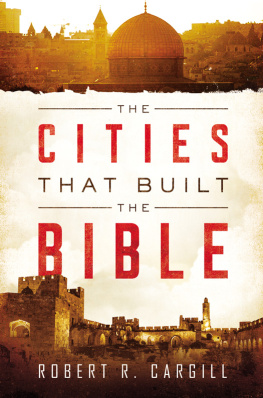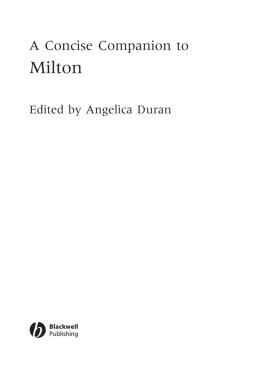Columbia University Press
Publishers Since 1893
New York Chichester, West Sussex
cup.columbia.edu
Copyright 2013 Columbia University Press
All rights reserved
E-ISBN 978-0-231-53096-5
Library of Congress Cataloging-in-Publication Data
Durn, Robert J.
Gang life in two cities : an insiders journey / Robert J. Durn.
p. cm.
Includes bibliographical references and index.
ISBN 978-0-231-15866-4 (cloth : alk. paper) ISBN 978-0-231-15867-1 (pbk. : alk. paper) ISBN 978-0-231-53096-5
1. GangsColoradoDenver. 2. GangsUtahOgden. I. Title.
HV6439.U7D463 2012
364.10660978883dc23
2012024433
A Columbia University Press E-book.
CUP would be pleased to hear about your reading experience with this e-book at cup-ebook@columbia.edu
COVER PHOTO AND FRONTISPIECE: Robert J. Durn
COVER DESIGN: Milenda Nan Ok Lee
References to Internet Web sites (URLs) were accurate at the time of writing. Neither the author nor Columbia University Press is responsible for URLs that may have expired or changed since the manuscript was prepared.
To the barrios of Denver and Ogden where the Chicana/o dreams for a better future
PERSEVERE!
To mi familia who has always been there for me: Dad (Jos), Mom (Leeann), Andrew, Richard, Christopher, Angela, Jody, Anthony, and Mario
To Charlene por vida and our four wonderful children: Jazmine, Doroteo, Jocelyn, and Justice
I am tremendously thankful to many individuals for helping this book see the light of day. For the production of the book I am sincerely grateful to Lauren Dockett, the past editor at Columbia University Press, for seeing the potential in my original book proposal and providing me the support to produce this work. I thank Roy Thomas, the senior manuscript editor, for continuing this momentum and Anita OBrien for making the writing shine. The initial and secondary reviews from two scholars were extremely helpful. I am grateful to the Racial Democracy, Crime and JusticeNetwork for allowing me opportunities in 2007 and 2011 to work on the ideas and material for this book, as well as for the mentorship, encouragement, and peer reviews from Ruth Peterson, Lauren Krivo, Steven Lopez, James Diego Vigil, Scott Decker, and Avelardo Valdez.
Thanks go to individuals at New Mexico State University (NMSU), including Cynthia Bejarano for encouraging me to express my voice; my best homie Carlos Posadas for his constant friendship and support along with the initial idea to submit my book proposal to Columbia University Press; and Tom Winfree for supporting me and providing excellent discussions regarding the gang literature. Thanks also to the participants at NMSUs Teaching Academy Publish and Flourish workshop for providing additional attention and peer review feedback to help improve the writing process. Much love to NMSU and my colleagues in the Department of Criminal Justice for providing me a home after the completion of my dissertation. Moreover much appreciation to my friends and colleagues of the newly emerging Latino/a criminologists: Alice Cepeda, Vera Lopez, Cid Martinez, Ramiro Martinez, Wilson Palacios, Anthony Peguero, Edwardo Portillos, John Rodriguez, Nancy Rodriguez, Victor Rios, Xuan Santos, Mike Tapia, Martin Urbina, and Mara Vlez. Thanks to those who paved the way: Alfredo Mirand, Joan Moore, Felix Padilla, Luis Rodriguez, Martn Snchez-Jankowski, and James Diego Vigil.
Although Gang Life in Two Cities is an original manuscript, my analysis has benefited from peer reviews received from prior publications. A section of , and 8. Each of these publications received guidance and feedback from editors and reviewers who strengthened my arguments. I received funding support during my doctoral study at the University of Colorado from the Society for the Study of Social Problems Racial/Ethnic Minority Graduate Scholarship, Becker Fellowship, Hispanic Scholarship Fund, and Beverly Sears Grant. The money received from these sources enabled me to successfully complete the dissertation. The College of Arts and Sciences Stan Fulton Endowed Chair contributed proceeds toward the completion of this book.
I truly appreciate my faculty mentors in the Department of Sociology at Weber State University, who inspired me with the passion to become a sociologist. During graduate school Patti Adler trained me in ethnography. She pushed me to get into my settings, develop an analytical framework, and improve my writing. Patti mentored me on how to complete graduate school, become a better teacher, and develop a trajectory to help prepare for promotion and tenure at NMSU. I also thank Arturo Aldama, Joanne Belknap, and Joan Moore for their continuous encouragement in developing my dissertation and providing mentorship after I left Colorado.
Although the production and research mentorship helped me to craft this book, such a project requires my utmost appreciation for the barrio and its inspiring residents. It was in the barrio where homeboys and homegirls, activists, cops, lawyers, teachers, and members of the community allowed me access to their lives to learn more about gangs. I hope this work captures your voices and provides an avenue for much needed solutions in the postcivil rights era. I use pseudonyms for most of the individuals and groups I interviewed. The names of gangs and events are maintained for historical specificity unless it reduces the anonymity of an individual; in these cases the gang name is omitted. To my key partners, you are deeply appreciated in my life and in the creation of this book. One of my key partners gave me permission to thank him directly: Ernesto Vigil. Ernesto was my mentor who transformed my consciousness about gangs by emphasizing the importance of history and the role of the Crusade for Justice in changing the city of Denver.
My family deserves the most gratitude as they went through the good and bad times in my life. They provided me with the drive and encouragement to push myself beyond the limits to be a better person. I thank Charlene Shroulote and our four childrenJazmine, Doroteo, Jocelyn, and Justicefor loving me. Moreover, Charlene has supported my life and its various transitions since I was 16 and definitely deserves my utmost thanks for everything that she has helped me accomplish. Her constructive criticism has helped develop many of the points made in this book and throughout my life. My life has also benefited from the tremendous support and love from the Durn familymy parents, brothers, sisters, aunts, uncles, nephews, nieces, and entire extended familyand from my second familyMary Jane, Otis Sr., Johnny, Francine, Otis Jr., and their extended family. Finally, I could never have completed such a project without acknowledging and appreciating all the prayers and support given to me from my mom, dad, Father Pat, and the Abbey of Our Lady of the Holy Trinity.


 New York
New York






